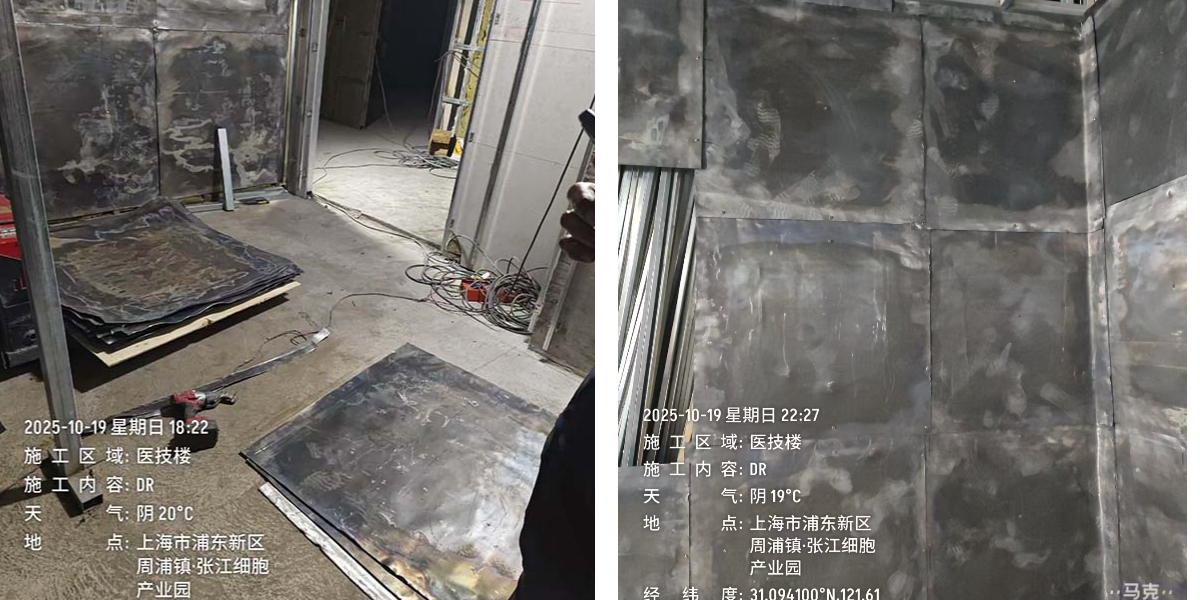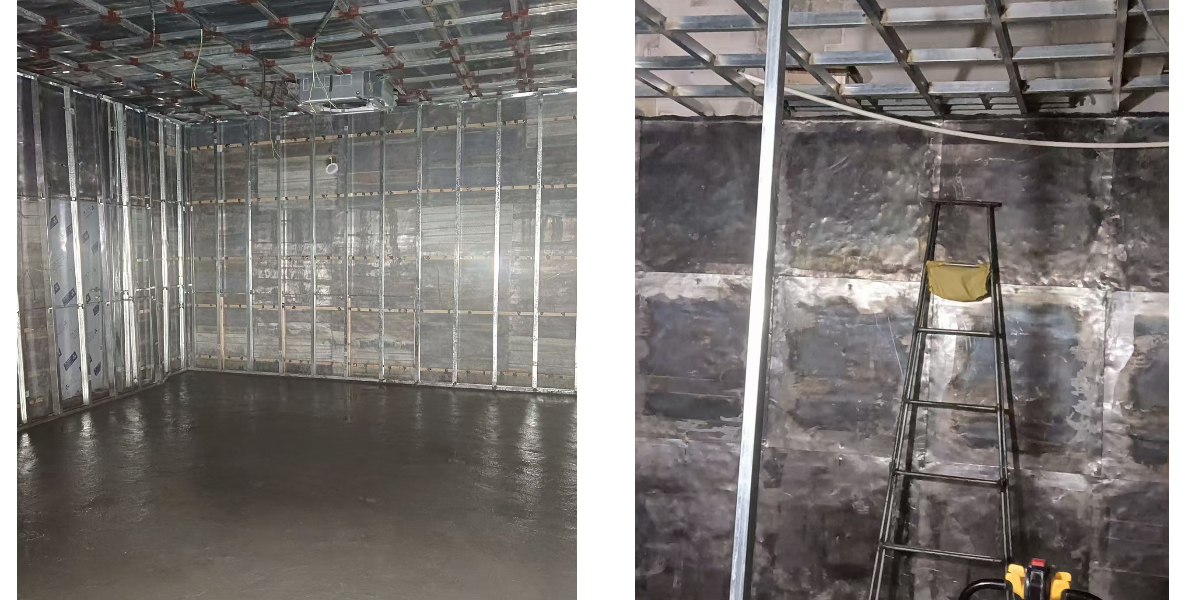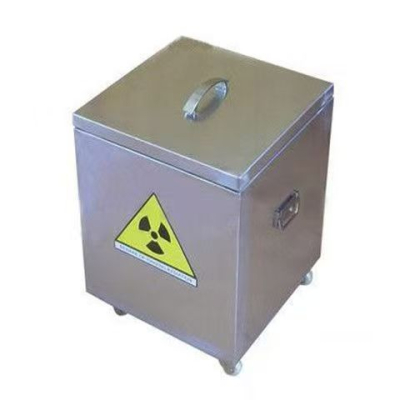A Complete Guide to Lead Sheet Protection Construction: Measures, Key Points, and Professional Service Guide
A Complete Guide to Lead Sheet Protection Construction: Measures, Key Points, and Professional Service Guide
Radiation protection is an essential safety component in the medical, industrial, and scientific research fields. Lead sheet, as a cost-effective, high-performance protective material, has become the preferred choice for radiation protection projects due to its strong corrosion resistance, acid and alkali resistance, and excellent X-ray and gamma-ray absorption. However, even the best materials require standardized construction to maximize their effectiveness. This article will provide an in-depth analysis of lead sheet protection construction measures and explain how to choose a professional service team.
I. Understanding Lead Sheet: A Versatile Protective Guardian
Lead sheet is not only used for medical radiation protection (such as in X-ray rooms, CT scan rooms, and DR rooms), but also as a core material for partitions, doors, and windows. It is also widely used in industrial acid production and metallurgical equipment linings, cable sheathing, and building noise barriers. Its core advantage lies in its ability to effectively shield harmful radiation, providing a solid safety guarantee for workers and the environment.
II. Four Core Measures for Lead Sheet Protection Construction
Lead sheet construction is a highly specialized task, and any oversight can significantly compromise the effectiveness of the protection. The following is a detailed explanation of the four core construction measures:
1. Direct Wall Cladding
This is the most common and most effective construction method. If the existing wall is solid, the construction team will directly clad it with lead sheeting. This method maximizes the density and uniformity of the lead sheeting, creating a seamless protective barrier that prevents radiation leakage.
2. Composite Installation
To enhance the mechanical strength and durability of the protective sheeting, a composite installation method is often used. This involves bonding lead sheeting to high-density board (such as wood or calcium silicate board) using a specialized, high-strength adhesive. This "sandwich" structure not only enhances overall structural stability and strengthens the wall, but also further optimizes sound insulation and protective performance.
3. Detailed Joint and Nail Hole Treatment
The principle of "details determine success" is vividly reflected in lead sheeting construction. All joints between lead sheets must be overlapped and professionally welded or edge-sealed to ensure the joints are consistent with the protective performance of the main structure. At the same time, the nail holes used to secure the lead sheets must be specially protected. These are typically covered with small lead sheets or sealed with special leak-proofing paste to completely block any potential leaks and ensure an airtight finish.
4. Light Steel Stud Partition Wall Construction
If a new partition needs to be constructed without a solid wall, a light steel stud skeleton must be constructed first. The lead sheets are then cut and secured to the studs. Three key points are crucial during this process:
Staggered Overlap: All lead sheet joints must be staggered to prevent radiation leakage along linear gaps.
Material Screening: The selected lead sheets must be free of pinholes, cracks, and uniform thickness, ensuring they are free of defects.
Reserved Gap: A gap of approximately 2.5 times the thickness of the lead sheet should be left between the stud and the lead sheet. This allows for welding and staggering at the joints, ensuring the thickness and protective capacity of the overlapped area.
3. Choose a Professional Team to Ensure Safeguards
The quality of lead sheet protection projects is directly related to personnel safety and regulatory compliance, so choosing a professional company with extensive experience and comprehensive qualifications is crucial.
Shandong Qi Te Radiation Protection Engineering Co., Ltd. is such a trustworthy partner. The company specializes in the research and development, production, and installation of radiation protection materials. Its main products include a full range of domestically produced lead sheets, lead doors, airtight doors, lead ingots, barium sulfate, lead screens, and NDT protective doors. More importantly, Qi Te boasts a professional construction team, offering clients a one-stop solution from material supply to on-site construction. Whether it's a medical radiology department or an industrial NDT room, we provide scientific and compliant protective design and installation services.
Choosing professionalism means choosing safety. Shandong Qi Te, with its reliable product quality and sophisticated construction techniques, has served numerous clients and earned unanimous praise and trust in the market.








